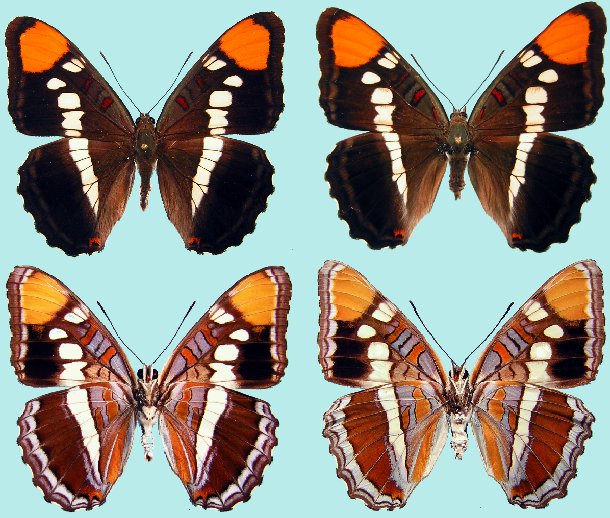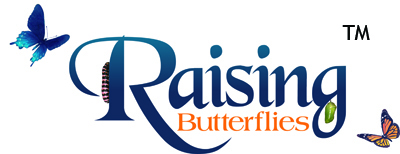Adelpha californica

Photo Life History: Adelpha californica
Habitat: Cismontane California Chaparral; Riparian Woodlands
Host Plants: Quercus chrysolepsis; Quercus agrifolia; Quercus chrysophylla; Quercus douglasii
Suitable Lab Host Plants: Quercus alba (Almost any species of oaks will work in the lab.)
How to Find Female Butterflies: Click here.
Caring for Live Female Butterflies: Nectaring techniques
Methods of Female Oviposition: Open Screen Cages; Plant Sleeves; Expose caged females to filtered sunlight. See notes below.
How to Find Eggs: Look on tips of leaves.
How to Hatch Eggs: Keep egg on original leaf; keep relatively humid.
How to Find Caterpillars in the Field: Isolated host plants; perches on tips of leaves. Sometimes larvae are easier to find when adult butterflies are very common; even when oaks are common as well. (See notes below.)
Caterpillar setups: Open terrariums; Open Bucket
Larva to Pupa: Caterpillar silks to leaf or twig; creates and attaches cremaster; hanging as a J before pupating. Larva Changes Color from green to tan.
How to Find Pupae in the Field:
Number of Broods per Year: 2-4 depending upon location.
Overwintering Stage:
Overwintering Strategies: Your Own Backyard; Refrigerator
Post-Hibernation Strategies:
Avoiding Diapause Techniques: Expose larvae to 24 hours of light; Healthy Host Plant.
Disease Prevention: Change out host plant and remove frass every five days.
Emergence: Emergence Container
Field Notes: Eggs and caterpillars were not too difficult to find on local oaks at the Desert View Picnic Area; 0.4 miles south of Stephenson Peak, San Diego County, CA on 22 Jun 1991. Live females also laid eggs on a sleeve of Quercus gambellii growing in a semi-shaded area of the mountains.

